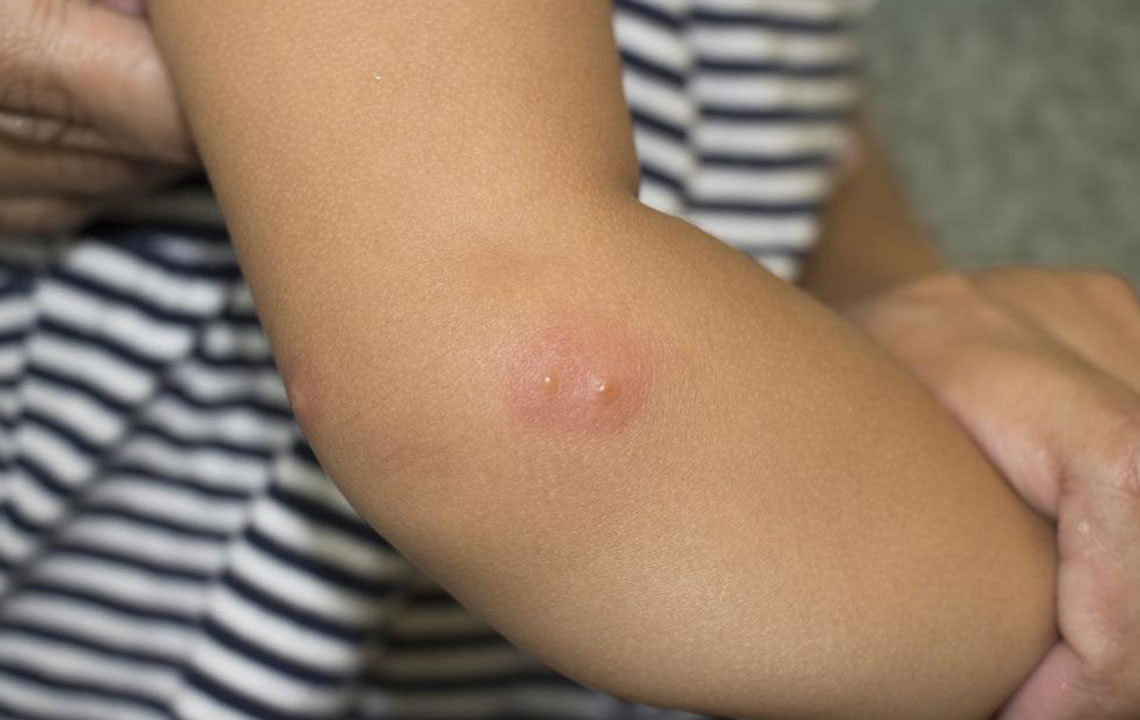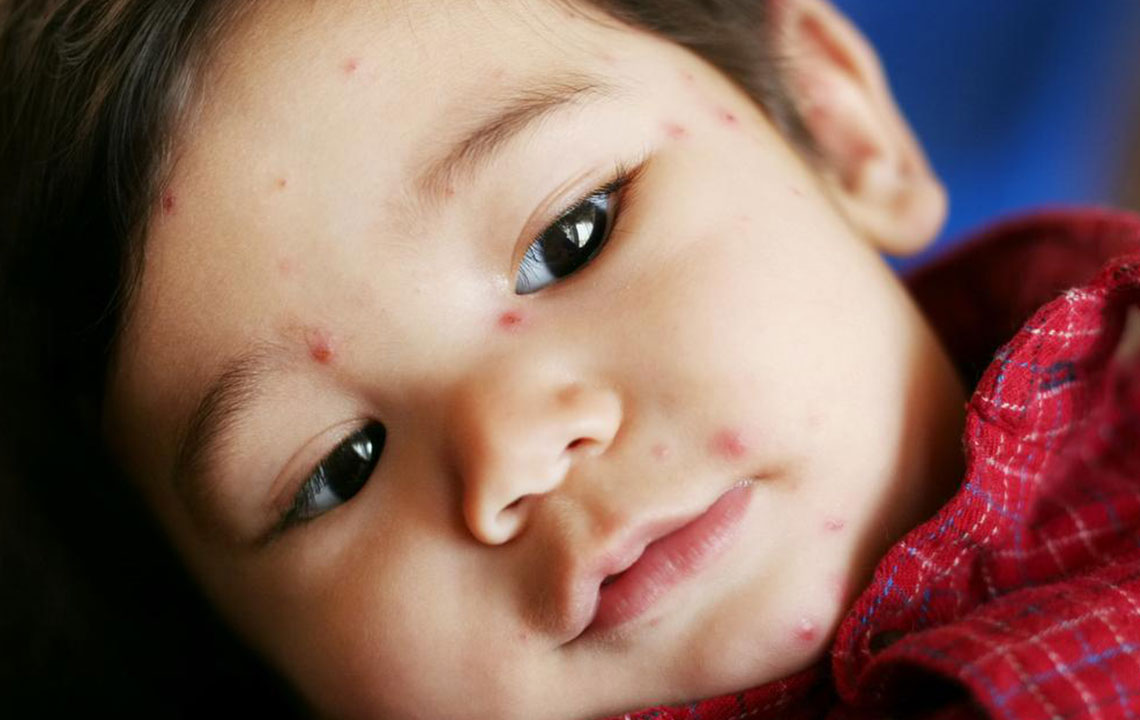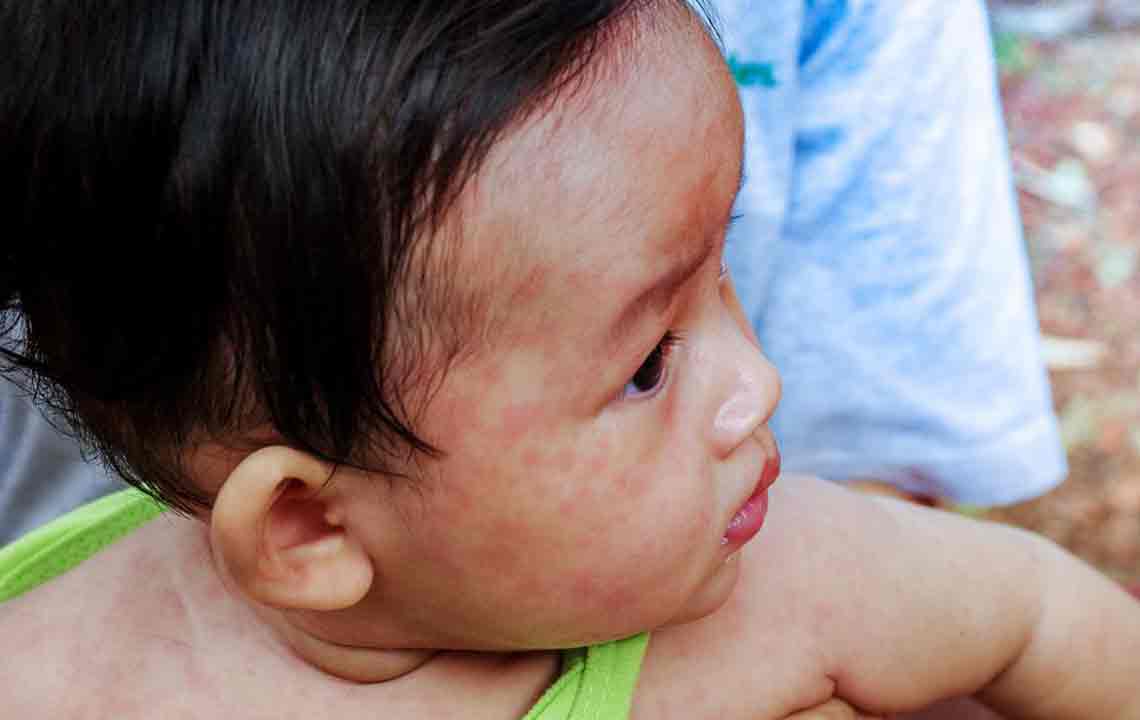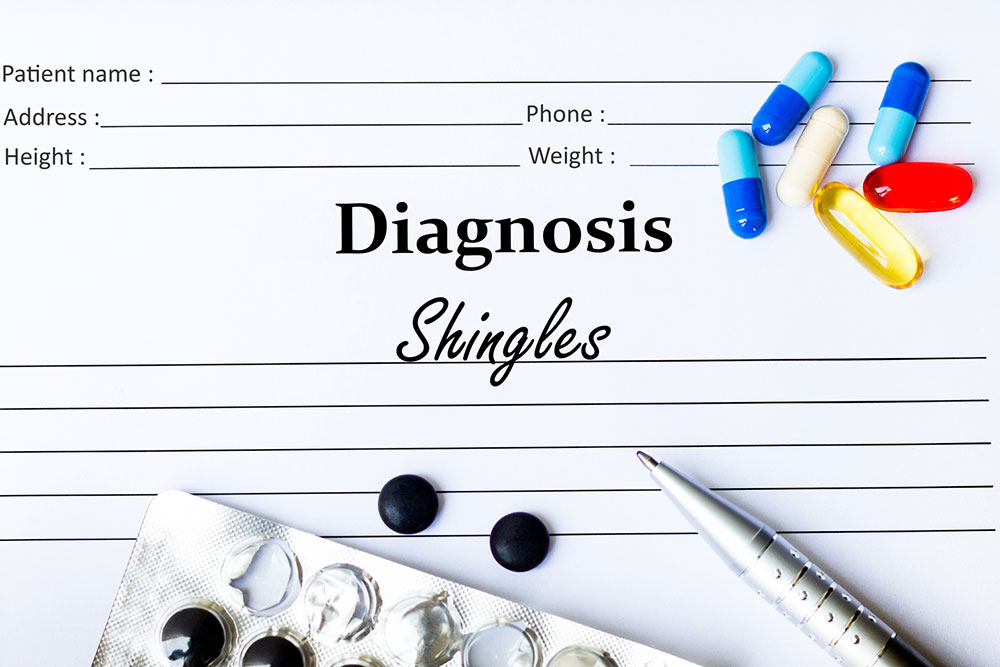Essential Guide to Recognizing and Managing Shingles Symptoms
Learn about shingles, its symptoms, causes, and treatments in this comprehensive guide. Recognize early signs like rashes, pain, and fatigue, and understand the importance of prompt medical intervention. Discover effective remedies and preventive measures to manage this common viral infection and reduce long-term complications.

Essential Guide to Recognizing and Managing Shingles Symptoms
Shingles, caused by the varicella-zoster virus, results in painful skin rashes and often appears as patches across the body. This virus, which also causes chickenpox, can reactivate later in life, especially in adults over 30. The condition emerges when the dormant virus within nerve cells becomes active again, leading to rashes that typically last 2 to 3 weeks. Causes remain unclear, but weakened immunity, aging, stress, and certain illnesses like HIV and cancer are known triggers. Shingles is contagious, making prevention and early treatment critical.
Doctors suggest that a compromised immune system, age, stress, and illnesses like HIV or cancer facilitate virus reactivation. Even with prior chickenpox, adults remain susceptible. It’s crucial to maintain distance from infected individuals, especially if your immunity is weak. Diagnosis relies on rash appearance and symptoms, with treatment including antiviral drugs, pain relief, and vaccination. Home remedies like neem bathwater can soothe symptoms and reduce marks. Avoid scratching to prevent lasting scars.
Symptoms develop gradually, starting with fatigue, body aches, and discomfort. Early signs include localized pain, redness, and flu-like symptoms. Within days, a rash appears, progressing from red spots to blisters that itch intensely. Headaches, light sensitivity, water eyes, and tingling sensations follow. Weakness, dizziness, and, in facial cases, muscle weakness or vision issues may occur. Additional symptoms include joint pain, nausea, swollen glands, and upset stomach. Proper medical consultation at early stages ensures effective management and reduces complications.
Localized pain, redness, and sensitivity occur initially.
A rash similar to chickenpox develops within 2-5 days.
Blisters form, causing itching and discomfort.
Headaches and light sensitivity are common.
Facial involvement may lead to muscle or eye issues.
Other symptoms include joint pain, nausea, and tiredness.
The rash can appear around eyes, mouth, and ears, affecting vision.
Facial paralysis and hearing problems are possible complications.
The disease lasts approximately three weeks, with the worst during weeks 1 and 2.










